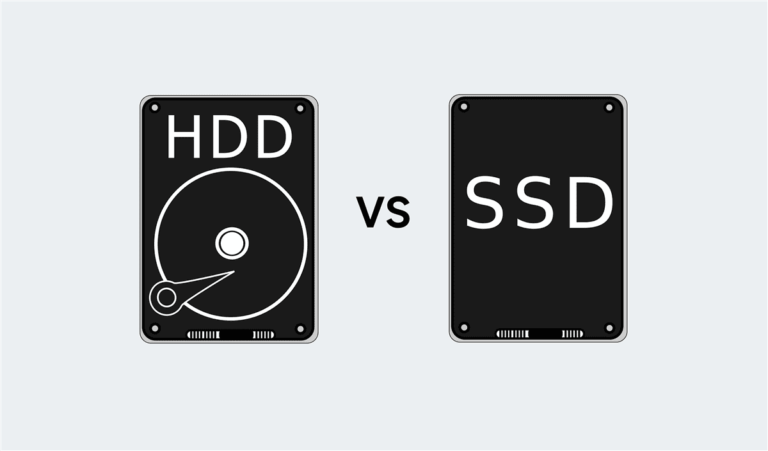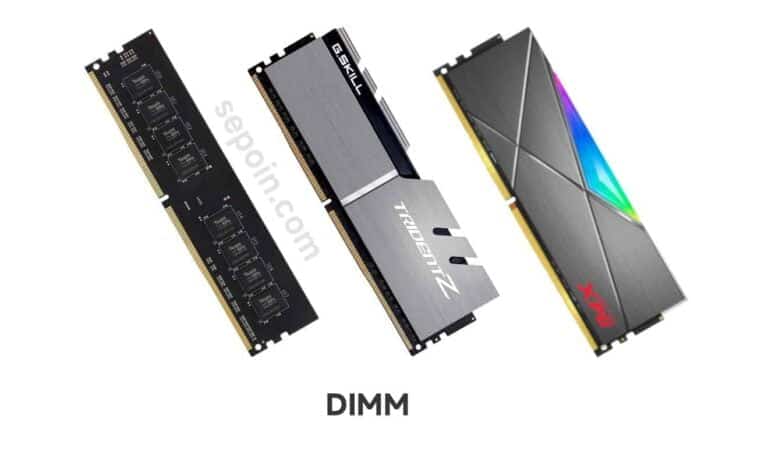Laptops with new processors, using the latest GPUs, and implementing faster SSD storage, it’s all become commonplace and normal in offering specs . However, the “next big thing” won’t have to wait long – companies need to monitor consumer issues and provide solutions to address them in their products – which is exactly what the ASUS brand is doing with their new OLED technology . Provide attractive offers for their latest notebooks.
Oled is a new technology that is completely different from the IPS LCD in general. Provides the best visual experience and can maintain the eye health of the user.
Asus OLED is proof that “ASUS innovation is not only limited to performance”, they are committed to providing all the best in terms of technological innovation as well as visuals on their laptop screens .
Why Move to OLED? What are the advantages
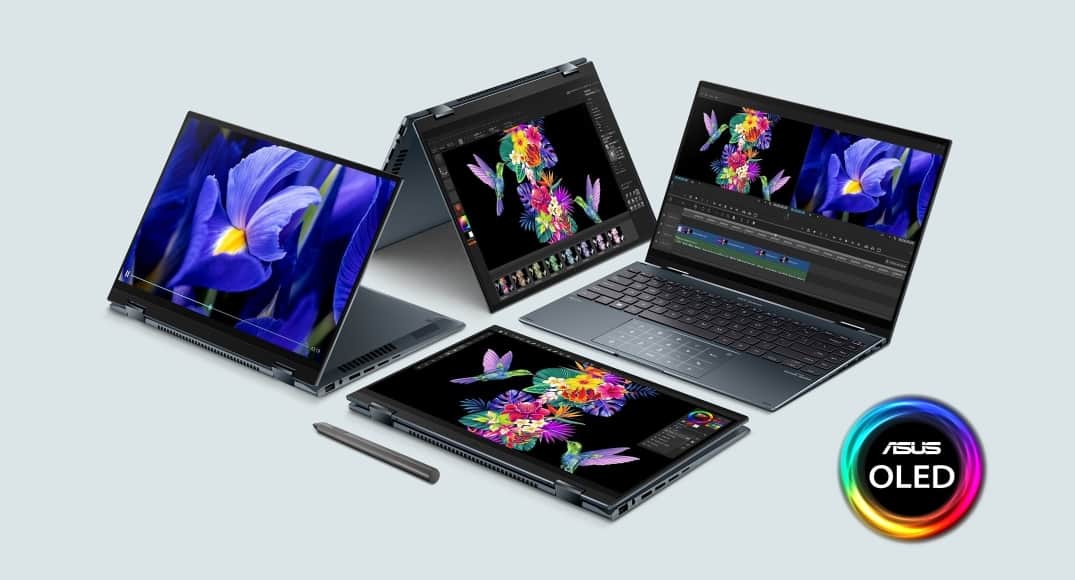
Well, it all starts with studying the needs of the market. As we know technology evolves and continues to evolve at a very fast pace, and consumer expectations also change over time “craving newer and better technology” to improve one’s quality of life.
Today’s users need a suitable screen display in creating content and want a great entertainment experience. Companies like ASUS are finding ways to stay ahead of the curve, by offering OLED Displays on their newest line of laptops.
Five reasons why you should choose OLED screen over LCD
Of course, switching from IPS LCD technology to OLED technology is not a short jump. OLED offers a much more immersive and expansive technology today, far outperforming LCD screens in five specific factors.
1. Produces excellent color
First, all ASUS OLED notebook range has a wide color gamut up to 100% DCI-P3, which is much better than the standard 62.5% sRGB (45% NTSC) and 100 sRGB (72% NTSC) on most LCD notebook screens. other.
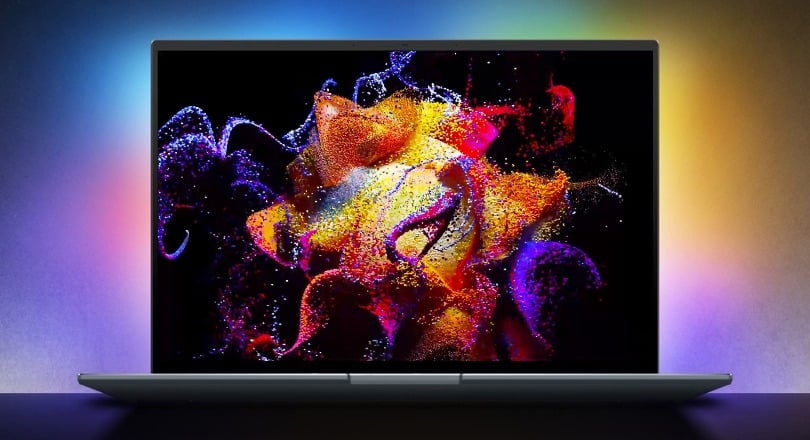
An excellent choice for visually obvious seekers – from content creators, viewers of favorite shows and movies to even AAA gamers. All guaranteed with more vivid and true-to-life screen colors, resulting in more precise and immersive creativity in every way.
And last but not least, all ASUS OLED notebooks are Pantone Validated, where the display is calibrated from the start. This means that the Asus OLED laptop lineup has a very accurate level of color accuracy, according to industry standards. Doing all the work dealing with color will benefit greatly with ASUS OLED.
2. HDR Certified
In addition, the ASUS OLED screen is also DisplayHDR True Black 500 certified, every pixel can be turned off, making it have an excellent contrast ratio of up to 1,000,000:1, which is better than 1000:1 on LCD screens. Allowing it to produce much deeper blacks than LCD screens, even the darkest images can be displayed with sharp detail. The difference will be very visible if you juxtapose a conventional LCD screen notebook with a notebook with OLED technology .
3. Lower blue light emission
The colors on the screen are combined in RGB (Red, Green and Blue). Blue light waves emitted on LCD screens have very high harmful effects, disrupt sleep patterns, cause visual discomfort, especially in children whose eyes are more susceptible to optical strain.
Most LCD screens give off 21.5% blue light exposure. On the other hand, ASUS OLED Laptops are capable of 70% lower blue light reduction, with 6.5% exposure.
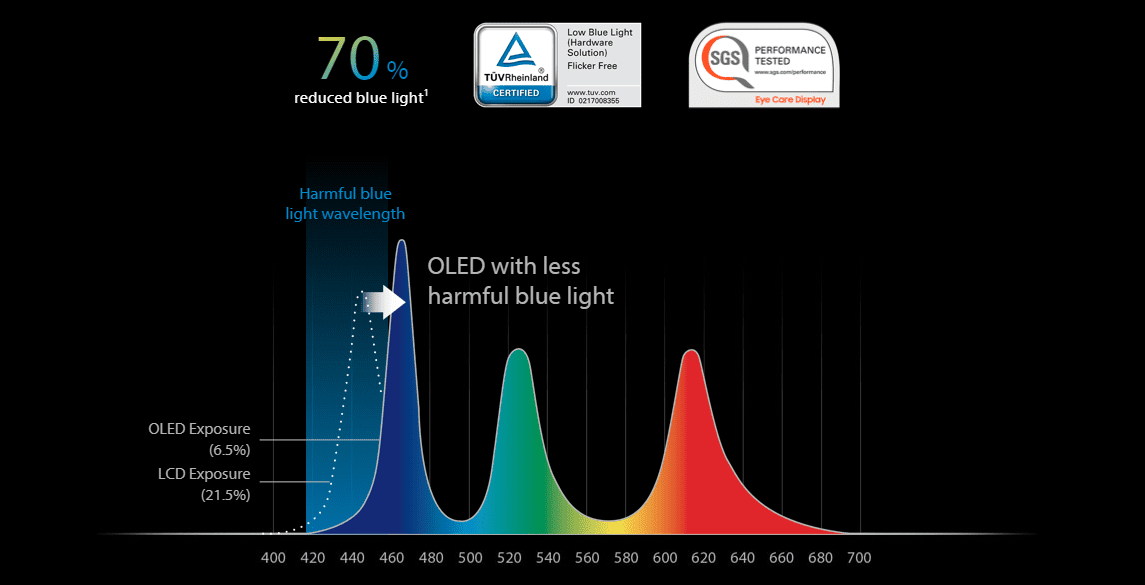
ASUS OLED shifts the harmful blue light spectrum into a safer one. This method is different from traditional blue light filters, which actually turn the screen yellow.
The good thing about this shifting method is that it doesn’t sacrifice color accuracy, and also makes your eyes less tired when looking at the screen for a long time.
4. Good color volume
When using the notebook in the dark, ASUS OLED notebooks are able to maintain color saturation keeping colors consistent and flawless, both at high and low brightness levels. This is unlike notebook LCD screens which tend to lower the color gamut when the brightness is dimmed, and make the resulting colors look paler.

IPS LCD vs ASUS OLED
In addition, OLED displays 1.6 times more color volume than LCD screens and with a much higher perceptual brightness, it allows you to change brightness levels without sacrificing color quality. Makes the resulting image look brilliant at any brightness level.
5. Excellent response time
Last but not least – fast response time . ASUS OLED display is much faster than any laptop. Color switching occurs very quickly with a time of 0.2ms, this is 50 times faster than the average laptop LCD screen. Provides lower gameplay latency, smoother visuals and less blur with every screen movement. The activities of playing games, watching/streaming, and scrolling text when browsing the internet are more comfortable thanks to the absence of blur.
How ASUS prevents burn-in
While OLED screens have such tantalizing advantages, you’ve probably read or heard about this technology’s vulnerability to burn-in issues. Burn-in will leave a faint, slightly dark file on the screen, making the screen still display the shadow of the previous image. This issue is associated with displaying a static image at high brightness and for an extended period of time.
This risk is a serious problem that is very worrying, it could even make people think not to use OLED.
But it needs to be reassured by ASUS, that in reality such problems are very rare, and most people won’t experience burn-in issues all the time on their OLED laptops.
ASUS is very concerned about the problem of burn-in occurring, in preventing it, all of their OLED laptops are equipped with a feature set of “burn-in protection software” called ASUS OLED Care .

ASUS OLED Care works with two main functions, namely:
- Pixel Refresh, is a screensaver specially made by ASUS and will work when the notebook has not been used for more than 30 minutes, working to ensure that all pixels are illuminated and darkened evenly.
- Pixel Shift, will slightly move the displayed pixels to avoid consistently displaying static images. In reality the effect is not visible, so it will not bother the user during use.
With the combination of these two features, static images are maintained and controlled, significantly reducing the incidence of burn-in .
In addition, the presence of windows settings also helps prevent this problem, such as dark mode, transparent taskbar, Auto hidden taskbar, and “Turn off screen”, all of which are enabled by default for the convenience of the user.
In the end, everything that Asus does is very concerned about its consumers, providing what is best without sacrificing visual quality, and also reducing consumers’ excessive worries about their notebooks. So they can enjoy the new OLED notebook device more comfortably.


